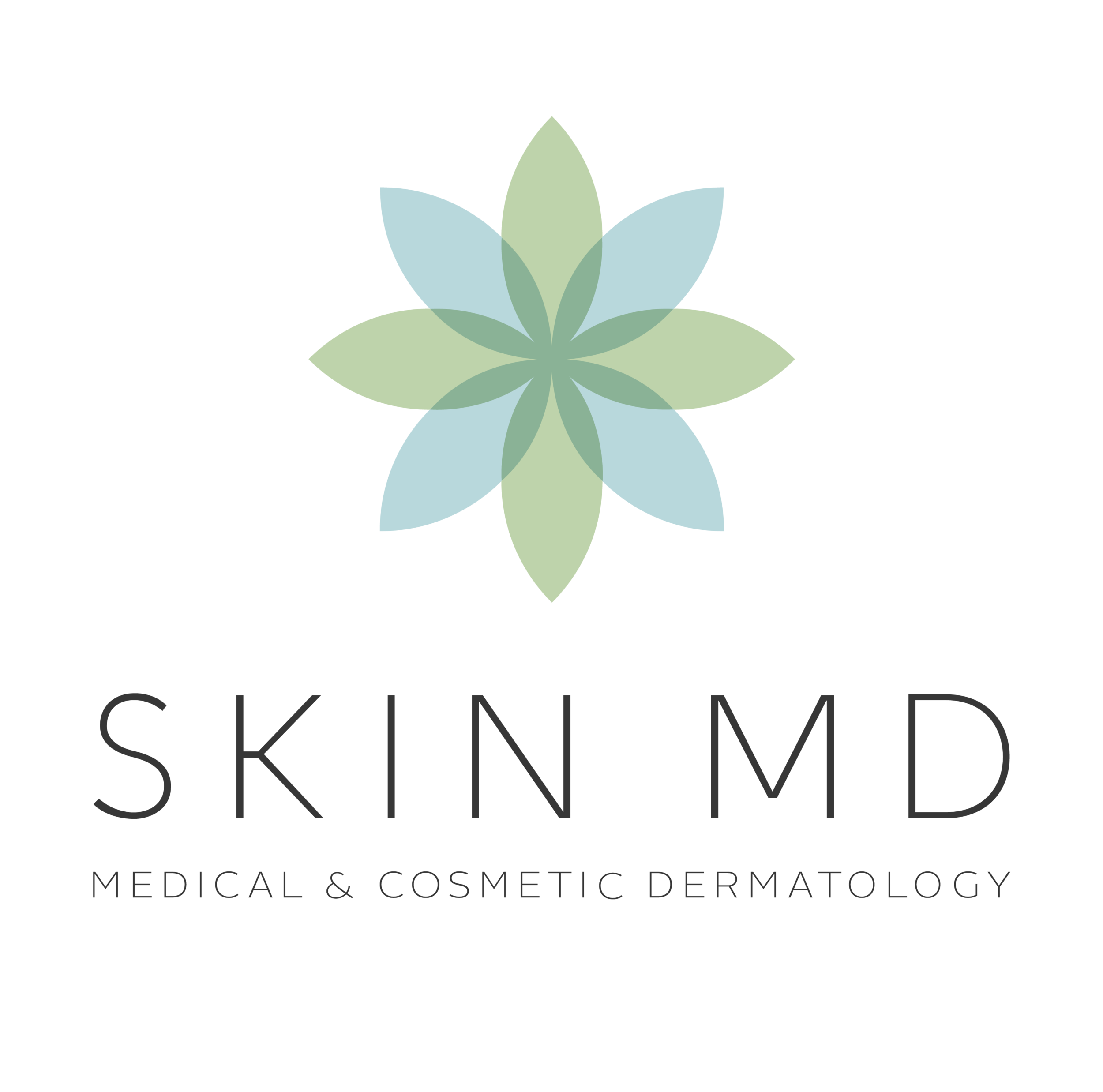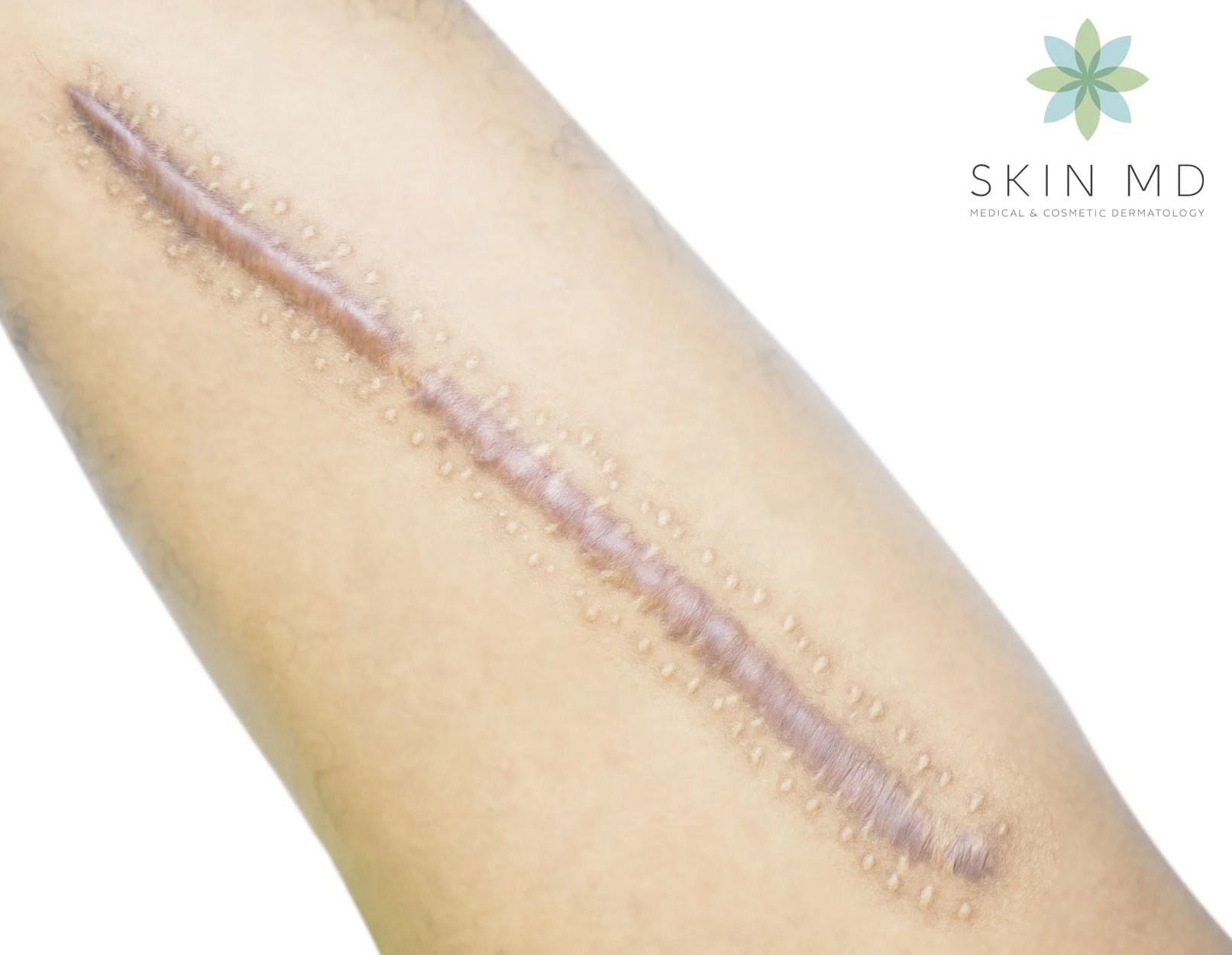Want a Scar-Free Skin? Discover the Best Scar Treatment Options for You
A scar is a permanent mark on the skin that forms after a healed wound. For some, it serves as a reminder of a happy childhood or even a challenge that they’ve conquered like childbirth, being physically active and many other milestones. These are battlemarks that makes you who you are.
However, it also hinders beautiful people like you from confidently wearing clothes that would even make you more beautiful. Whether it hinders you from wearing swimsuits for the perfect #beachselfie or if you simply want to look for that #ootd, there’s always a way to help you become scar-free. You can visit our skin clinic to learn about the different scar treatment options we offer.
But if you’re not sure yet how to start and where to begin, this article will guide you through the available scar treatment options for you. But first, you will have to know what type of scar you have to identify the treatment that will work best for you.
Types of Scars
The most effective scar treatment depends on what type of scarring has occurred on your skin, including its depth, size and location.
To enlighten you further, here are four of its main types:
Keloid Scar
A keloid is a layered, raised scar that is a result of an overly aggressive healing process. It often occurs after a burn, surgical cut, piercing, acne or chickenpox. It is usually irregularly shaped and pink or purple in color. Overtime, it tends to limit movement and expand progressively.
Hypertrophic Scar
A hypertrophic scar is also a raised scar but unlike a keloid, it doesn’t spread beyond the injury. It is often red or pink in color; hard and itchy. This scar has a higher healing rate than keloids as its appearance can gradually improve naturally overtime.
Acne Scar
Acne scar is the only thing worse than an acne breakout. It often appears as a deep pit that is the result of an acne breakout that has penetrated deeply, causing damage on the skin. This scar can become even worse if the acne is left untreated.
Now that you know the types of scars, it’s time to discuss the different types of home remedies, as well as the form of scar treatments that can be used for scar removal.
Forms of Scar Treatments
Topical Treatments
Topical scar treatments including creams, ointments or gels can be used to treat scars that are caused by cuts or other injuries. These treatments can include steroids or antihistamine creams for itchy and sensitive scars.
Surgical Treatment
Although a surgical treatment will not guarantee total scar removal, it can still be used to alter its shape or make it less visible. There are many options to treat deeper scars including skin grafts, dermabrasion or laser resurfacing.
Graft – is often used with people who had burns. In a skin graft, the surgeon removes skin from one area of the body to transplant to the affected area.
Dermabrasion – involves the removal of the surface of the skin. It is useful when the scar is raised like those of the keloid or hypertrophic scar. A less invasive form of dermabrasion is microdermabrasion which may be useful for very superficial scars.
Laser Resurfacing – similar to dermabrasion, this procedure removes the surface layers of the skin using different types of lasers. This requires little to no recovery time as opposed to other laser procedures.
When is the Best Time to Treat Scars?
Treating the scar as soon as the wound completely heals is likely to provide more successful results. Scars that are left alone become more difficult to remove and will often require a professional scar treatment. However, treating scars no matter how early you do it will still take some time. It is best to consult an expert to help you achieve the flawless skin you’ve always dreaming of.
Ready to be confidently beautiful? Follow our blog for more skin care tips!



